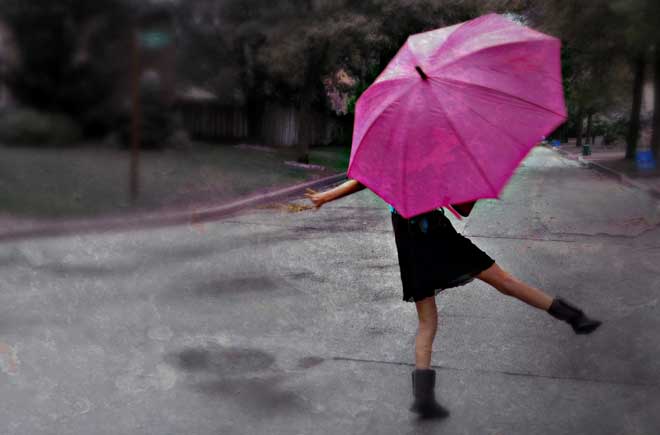
Branching out, which is necessary to grow the business, results in taking the chance on that event we’ve never been to before, which may or may not be good. Yet another risk we entrepreneurs tend to take. Brave little guys aren’t we? But there’s that word again. Good. What exactly are we saying when we define an event with this term?
So, selling out seems a little far-fetched, at least for me at this point. No, this is not pessimism. It’s more acceptance that this has been the trend thus far at my events. This then means, I’m probably not going to walk away from a show a sudden millionaire or even a thousand dollars richer. (Wouldn’t that be nice, though?)
If we define a good show in terms of money, then based on experience, research, and learning from Handmade in South Bay and fellow member’s experiences the money earned must equate to multiple factors, including booth fees and gas. Let’s say at the end of the event, you glance at your receipt book and spontaneously break out into celebratory song and dance for making all of $200. This must have been a good event, right? But let’s take into consideration what you spent on the event. Everyone have their calculators out? Let’s say you spent $40 on gas and $150 on the booth fee, that’s $190, meaning you technically only made $10. That is not enough for groceries, for rent, not even enough to restock the product that sold. A bit of a downer, right?
To figure out a good show a very basic equation should look something like this: (gas)+(booth fee)+(materials to make more product to restock)+ (daily expenses whatever they be)+ (etc.) = good show and celebratory song and dance.
As this is a business and a job, finances are a BIG part of it. So where do we, as handmade small business entrepreneurs find our umbrellas when our receipt books and wallet decide to rain on our parade? If we just defined good shows by money, especially while we’re still young and growing, face it, we’d all drown. There’s another way we can define good shows.
Handmade small businesses are not just making product and collecting money and working social media. We are also in customer service. And could anybody deny our clientele is a big part of what can make a show good?
This is not to say that it isn’t frustrating to have people walk into the booth, spend hours gushing over your product to never take that next step and actually buy it. This is not to say it doesn’t make us want to pull out our hair when someone distracts or steals a potential sale. And this is not to say that it doesn’t make our teeth grind when a customer criticizes or demeans our work. (Handmade small business entrepreneurs must be saints for some of what we put up with.)
| No, I’m talking about the people who walk into the booth, spend close to an hour painstakingly trying to decide which fairy door they want, pick up every door they can find in the booth, try to come up with four that could represent the different seasons, having an in depth conversation about each choice, which always included “Oh this one’s cool,” and walking out very excited carrying two doors. I can’t begin to explain how great it felt to have two people appreciate my work that much and actually buy something. I’m talking about the people who come into the booth without a word, pick up the fairy door, wallet out with money in hand, not caring how much it will cost, and say “I want this.” |
| I’m talking about the woman who breaks down into tears because she is so overwhelmed by my Spread the Love Stop the Violence collection and that I donate money to V-Day, the world wide movement to stop violence against women and children. No, she didn’t buy anything, but she gave me a hug before she left. It’s hard to stay positive about our work and these moments don’t take the sting out of an empty wallet, but it does help keep up the morale when we include moments like these in our definition of good shows. |


 RSS Feed
RSS Feed
